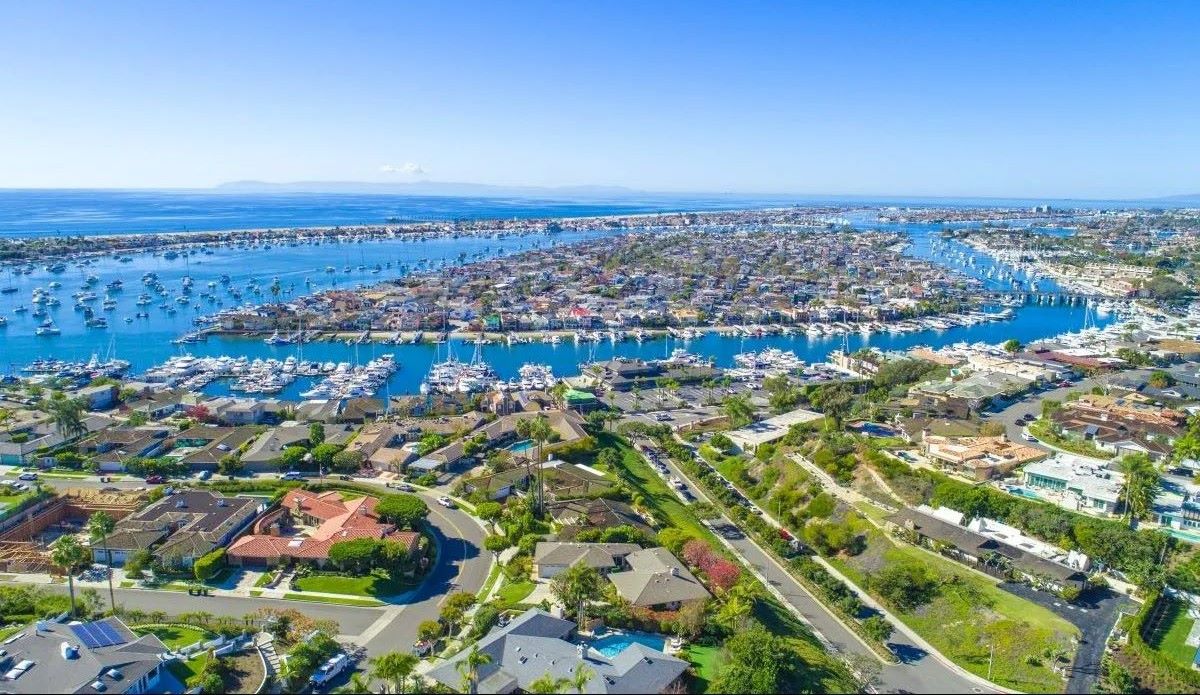After falling out of favor due to their role in the 2008 housing crash, adjustable-rate mortgages (ARMs) have gained popularity over the past few years.
In a tight market with low inventory and higher interest rates, many homebuyers take out ARMs because they carry lower rates for an initial period of fixed interest and amortize over a 30-year term. The risk comes when rates reset after a few years.
And industry experts have pointed out that many ARM loans have reset — or will soon reset —at higher rates. They are closely watching the risks of defaults but don’t expect a scenario like the financial crisis of the late 2000s to unfold.
BTIG analysts Eric Hagen and Jake Katsikas said in a report released Monday that there is about $550 billion in outstanding unpaid principal balance (UPB) tied to ARMs, or 5% of the single-family mortgage market. About $200 billion of this total is current-reset ARMs.
“We do see higher default risk in borrowers getting pinched from floating rates resetting higher — especially those which locked fixed rates below 4%, and are now seeing rate shocks of 300+ bps (basis points),“ the analysts wrote. “But the widespread risk isn’t nearly on the scale we saw in the 2008 crisis, where more than 20% of the market were ARMs.“
The newest Mortgage Monitor report from Intercontinental Exchange (ICE) showed that active ARM loans increased to 2.9 million in March 2024, up from of a recent low point of 2.25 million in May 2022. ARMs currently comprise 5.4% of all first-lien mortgages. To compare, there were 13.8 million ARM loans in the lead-up to the Great Financial Crisis.
ICE estimates that most active ARM mortgages — 54% to be exact — are in their “introductory fixed-rate period,“ which is five to 10 years during which the mortgages remain immune to broader rate movements.
But many have reset or will reset soon at a higher rate, as the expectation is that the Federal Reserve will not cut rates soon amid persistent inflation.
According to the ICE report, higher rates already hit 831,000 ARM loans that reset between March 2023 and March 2024. These loans represent about one-third of all loans that reset in the period.
The report also shows that more than 70% of borrowers saw their rates rise by 1.5 percentage points or more when resetting their ARM loans. On average, rates went from 5.64% to 7.55%, corresponding to a typical increase of $174 in monthly payments.
Most of the loans that have reset at higher rates over the past 12 months (71%) were originated before 2009. The interest rate increased, but the average balances (about $170,000) on these recent resets were comparatively low compared to today’s standards.
Regarding the vintage 2003 to 2008 ARM loans, ICE said that their performance “remains resilient,“ with ARM delinquency rates increasing modestly compared to their fixed-rate counterparts.
“That said, these loans will be worth monitoring as we make our way through 2024 with an eye out for any performance-related stress due to payment resets,“ the ICE report stated.
Additionally, only a tiny share (2%) of ARM loans originated from 2019 to 2023 reset at higher rates over the past 12 months.
But there are more to come. Of the active loans that have originated since 2019, 328,000 are in their adjustable phase, with 102,000 expected to see their first reset during the next 12 months.












 English (US) ·
English (US) ·